Abstract: This paper introduces the development mechanism and control status of dust generating in port dry bulk loading and unloading operations, which has provided design ideas and methods for grab unloading hopper based on inserted tape dust collectors.
Keywords: dust proof hopper inserted cloth tube dust collector
With the increase of large bulk freighters and stacking, dried dispenses, especially cement clinker, cassava, ore, coal, iron mineral powder, etc., dust pollution caused by various types of dust-backed varieties in ports. It has attracted high attention to the government and the serious concern of society, but also gives a certain impact on the development of ports. According to foreign environmental monitoring materials, general coal loading and unloading operations, each loading of one million tons, coal dust is 200 tons, ie 0.02% of the transfer. If the year of the port coal has passed the capacity of 7,500 tons, the coal dust is high in 1.5 tons in one year, so the Ministry of Communications will include the dust control in the transport large bulk port zone into key projects.
The standard of 10mg/m' stipulated by the state. The detection data of dust pollution caused by ten grab operation are not available, but in terms of its order of magnitude, it is not lower than the dust concentration at the transfer point of rubber belt machine.
There are two broad categories of solutions to this problem. A complete solution, such as the use of fully sealed handling system. Pneumatic ship unloader and spiral ship unloader are used when unloading the ship, pipeline conveyor, double chamber air cushion conveyor and fully sealed roller conveyor are used when conveying, and silo is used when stockpiling. The material is isolated from the outside world during the whole loading and unloading process. However, this scheme can not well adapt to the change of cargo, so it is often used in specialized terminals. The other is to adapt to different kinds of goods, the use of independent solutions. Such as the use of turning roller conveyor in long distance transmission, no intermediate transfer point, to reduce the material in the process of transmission, so as to reduce the material ejection caused by dust flying, and avoid the danger of material overflow or blockage; The long side direction of bulk storage yard should be consistent with the local dominant wind direction as far as possible to reduce the dust of cargo stacking; The storage yard should be equipped with a spraying system to carry out drinks regularly to prevent secondary dust. Dustproof nets should be used to cover the goods that are not suitable for sprinkling water and those close to roads or residential areas. In the use of grab operation, improve the closure of bulk cargo operation grab, so that the size of the hopper should match with the grab, when unloading grab material height should be as low as possible, at the same time, should avoid overfilling grab material overflow. Obviously, these measures have some effect on reducing dust in dry bulk operations, but they are not a complete solution, especially dust control measures at grab discharge points.
Analysis of dust causes at grab unloading point
The port is open operation. When the bulk cargo grab is opened, the material is affected by gravity to the hopper free fall. With a large number of material falling, the material will carry a large amount of air into the hopper, resulting in a large positive pressure environment in the hopper, the formation of air flow in the opposite direction of the falling, so as to produce a certain amount of upward thrust on the material particles. Large particles and dense material particles are very small, and small particles of small mass and density will entrap suspended in the air, along the hopper wall outward diffusion, resulting in pollution of the surrounding air environment.
So grab discharging points to control the dust pollution in addition to control the height of the grab blanking, and necessary in the sidewalls of the hopper installation filter, by fan convulsions, form a negative pressure zone, near offset due to discharge of the air squeeze upward and outward thrust of material particles, and then through a variety of power separation from gas or dust filter out particles, to control dust.
The conventional bag filter needs to seal the dust-generating point, so that the dust-laden gas flows from the closed point to the central filter, as shown in Figure 1. The system has large equipment, high installation space and high maintenance requirements.
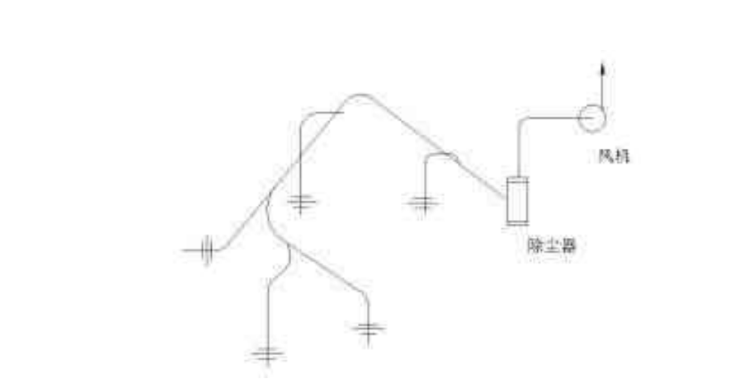
The plug-in cloth belt dust collector is small in size and can be placed in any structure, saving pipes and space, and has a high filtering area per unit volume. It is especially suitable for dust control in mechanical transmission systems and material handling and transportation systems, as shown in Figure 2.
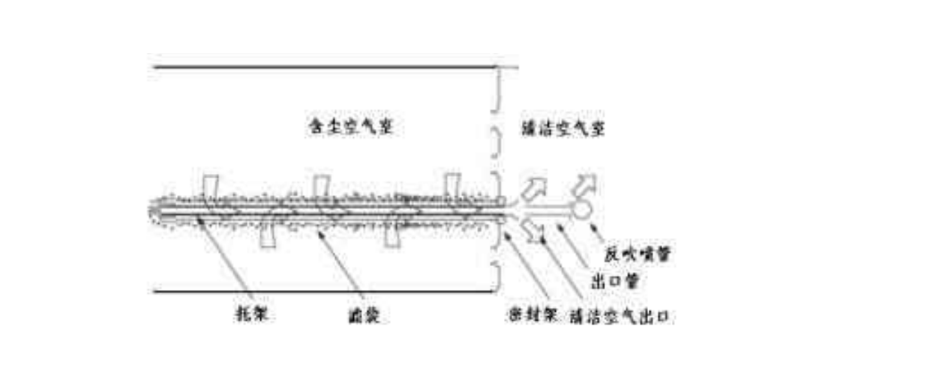
Using the plug-in cloth belt dust collector, it is convenient to set up multiple dust suction ports in the eco hopper near the dust generating area, and install multiple separate dust removal units to control the dust (Figure 3). Since the dust suction port is very close to the dust generation area, the inhaled air volume is small, the dust collection efficiency is high, and the required exhaust air volume is also small.
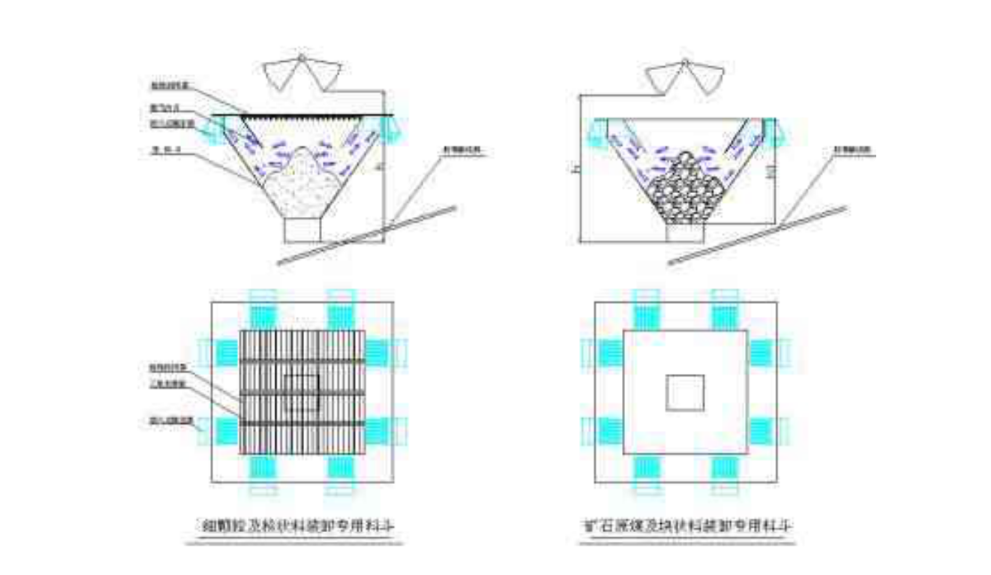
Dust control scheme
In view of the technological characteristics of grab unloading, dust capture technologies such as sealed hoods and top suction hoods cannot be used. And when the grab bucket is unloading, a large amount of material falls instantly, and the recoil airflow generated by the compression is very strong. In addition, the space of the unloading device is large, such as using a single blowing air flow control, it is easy to cause excessive energy consumption and poor control effect. Therefore, the combination of air curtain and exhaust air can be used to control the dust of grab unloading ship, as shown in Figure 4.
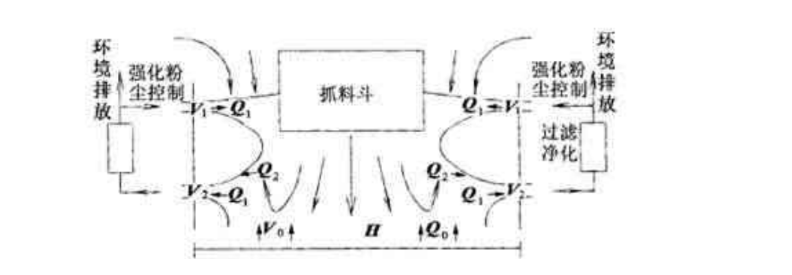
More ecological and normal hopper photos for reference:
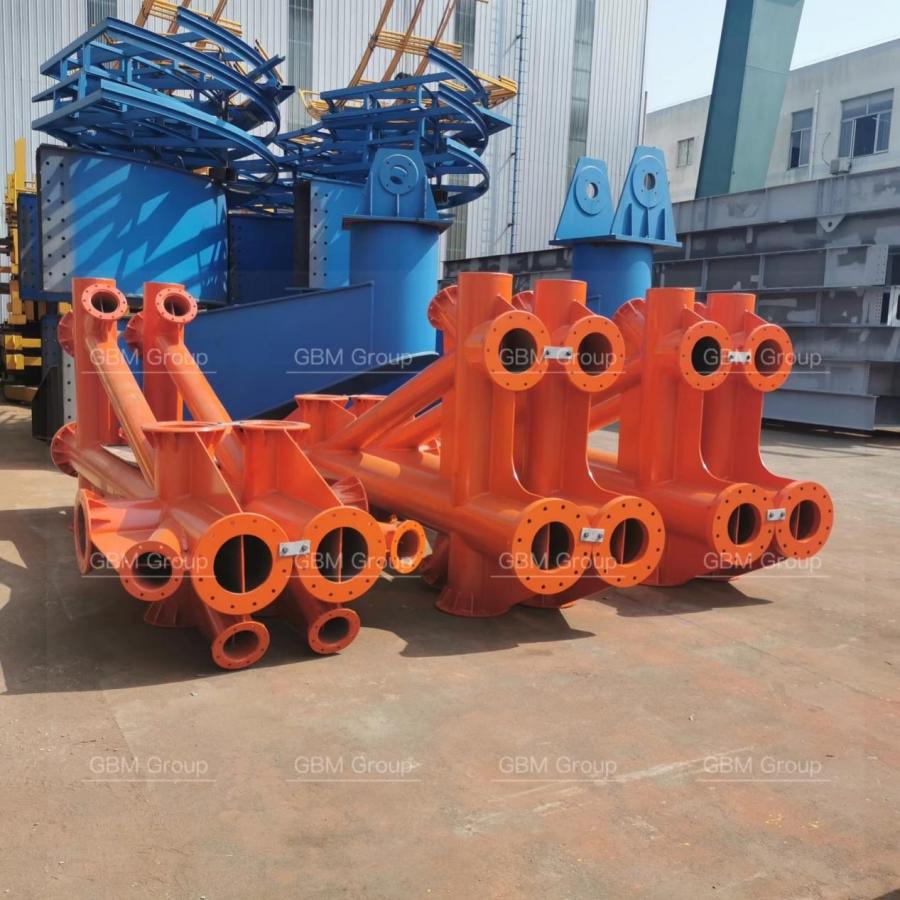
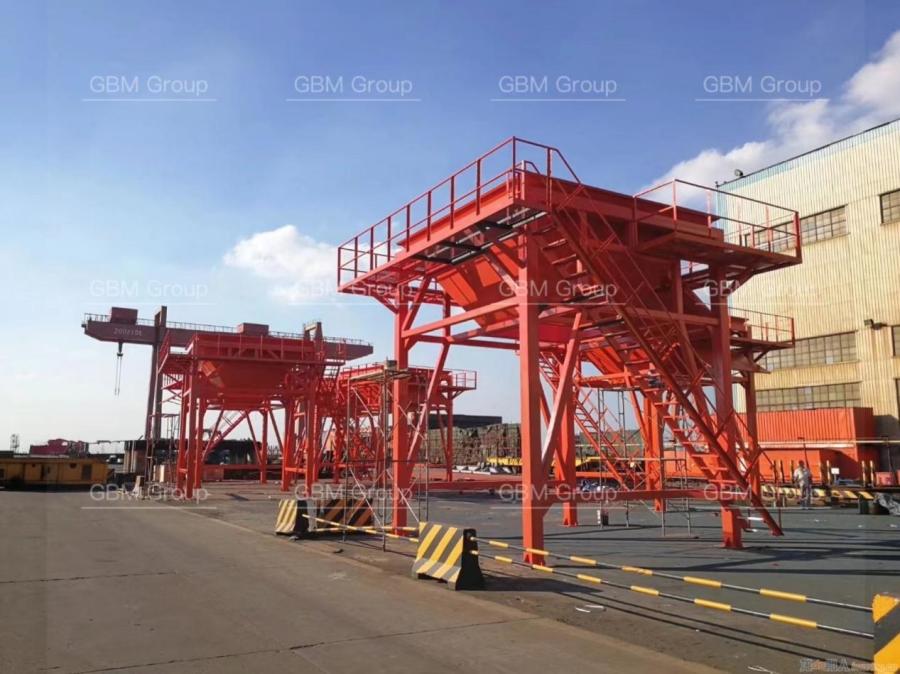
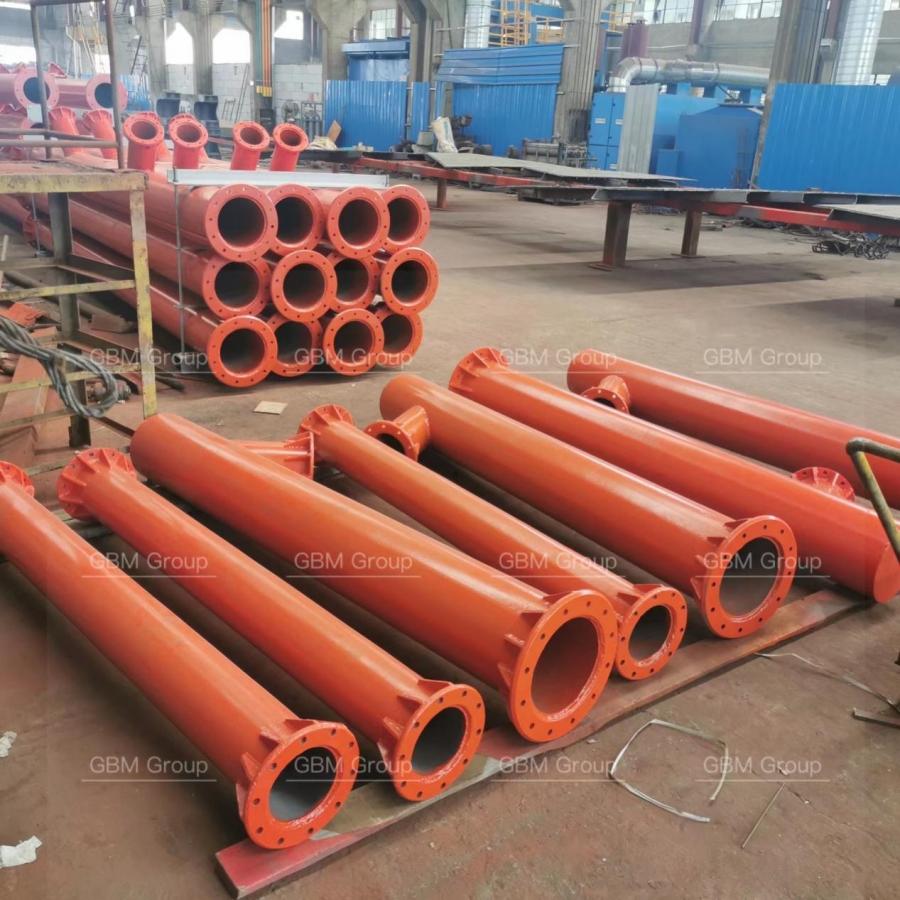
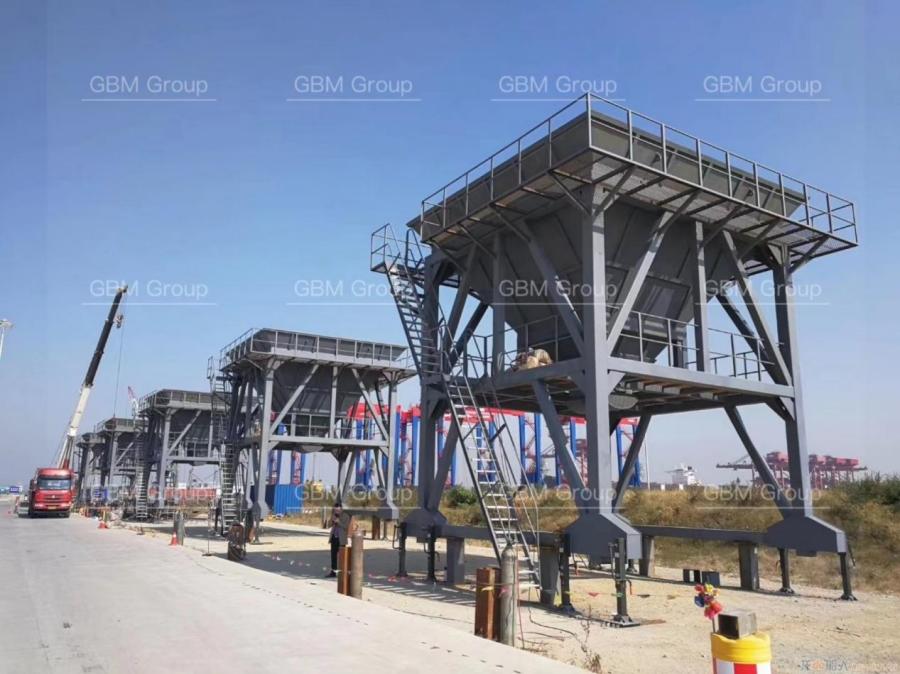
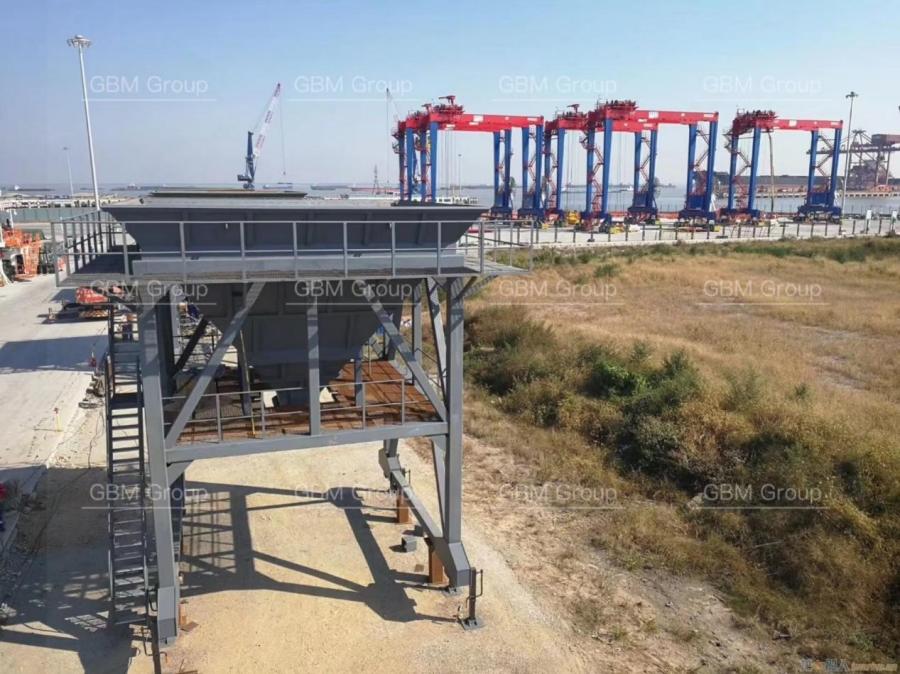
Post time: Mar-16-2022
 © Copyright - 2018-2021 : All Rights Reserved.
© Copyright - 2018-2021 : All Rights Reserved.